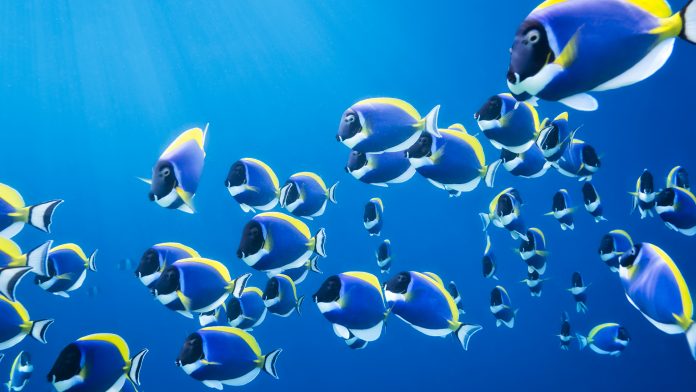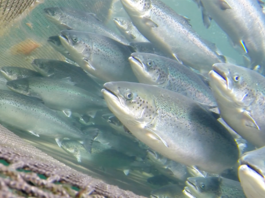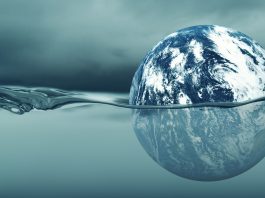Marine biologist at the University of Agder (UiA), Kim Tallaksen Halvorsen, labels the marine biology research being done using sonar, camera and Artificial Intelligence along the coast of southern Norway revolutionary.
Scientists from the field of marine biology have previously manually monitored plankton and fish stocks along the Skagerrak coast. However, Artificial Intelligence (AI) is now being used in marine biology research to observe marine life. Cameras, sonar, sensors and other equipment are laden with AI. The algorithms count the fish and plankton, monitor the size of the fish, and can even distinguish one fish from another.
“This is an interdisciplinary success story and a revolution within marine research,” commented Kim Tallaksen Halvorsen, marine biologist at the Institute of Marine Research at Flødevigen. “Artificial Intelligence frees up time for the researcher, but also provides more observations and more information. In addition, the observations are more certain. Artificial intelligence cameras do not get tired, they are attentive all the time.”
In collaboration with scientists from the University of Agder (UiA) and the Institute of Marine Research, Halvorsen is publishing a new study on AI, marine research and mechatronics. The article is accepted for publication in the ICES Journal of Marine Science. The article aims to provide an introduction to AI. In addition, it demonstrates how interdisciplinary collaboration, and the use of artificial intelligence, can open up new research fields in the future.
Artificial intelligence in marine biology research
The use of AI is new to marine biologists, yet Halvorsen considers what he and his colleagues are doing with the help of AI along the coast of southern Norway a ‘revolution’.
“Observing and counting fish used to be manual tasks, where we had to comb through hours of film footage to find the information we were looking for,” explained Halvorsen. “Just measuring the length of a cod requires a picture where the front and back parts of the fish are clearly visible. The work is very time consuming. With artificial intelligence, taking observations is automated. We get the number of different fish species, sizes and other observations immediately.”
AI is applied to distinguish and recognise different fish species, but also to recognise individual fish. This is possible because several species have distinct patterns that are unique to each individual. This is true for species such as corkwring wrasse, ballan wrasse, salmon and cod.
“We use the same technology that is found in mobile phones. When we can monitor fish on an individual level over several years, it will give us new and more certain insight into how the fish live,” said Halvorsen.
New research method using AI
AI is more gentle than traditional research methods according to the researcher. The traditional method utilised by marine scientists is to capture, then sedate and tag the fish. Halvorsen estimates that he has caught and tagged 3000 to 5000 fish a year in this way.
“With Artificial Intelligence, we avoid having to catch, sedate and microchip the fish. This means that we can be less intrusive to marine life, and still obtain more information,” described Halvorsen. In the Coast Vision project, the researchers have monitored the growth and behaviour of individuals over time using only camera observations and AI. This has not been done with natural fish stocks before.
Halvorsen believes that in the future, AI will help us monitor and understand changes in the ocean when they occur. “We can get information about the health of the Skagerrak in real time, and thus be able to initiate immediate measures if something is urgent,” Halvorsen commented.
Interpreting large amounts of data
“Marine ecosystems are large and complex, and so is the amount of data needed to understand the system,” explained Rebekah Alice Oomen, marine biologist at UiA and the University of Oslo. The challenge is not to discover, but to analyse the enormous amounts of data.
“While we used to spend an awful lot of time reviewing and interpreting data, we can now leave that task to artificial intelligence,” Oomen said. “The work has focused on new applications of mechatronics and artificial intelligence to collect and interpret big data.”
The main aim of the new study is to make artificial intelligence tools available to marine biologists.









